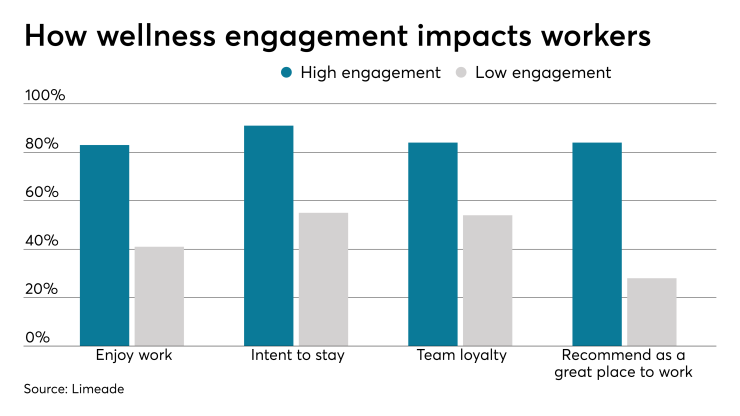Wellness programs have been taking some lumps over the last year thanks to research from the
Well-being initiatives have especially been left on an island to justify their value, without being fully integrated strategically into the health investment portfolio.
We have come a long way since the 1980’s, when well-being programs were the first to be cut in times of austerity. Almost all employers now recognize the importance of wellness offerings for recruitment and retention, but they remain skeptical on any additional value. To demonstrate long-term value however, employers will need to do more than just check off the box that shows they at least have offered employees a wellbeing program.
Afterall, well-being programs alone are not the silver bullet and cannot be expected to reduce the unsustainable rise in healthcare costs or the decreasing quality of overall health status among the workforce. These issues are complex and involve workforce and social cultural influences beyond the scope of this editorial.
However, if an impact beyond a program simply being nice to have is an objective of well-being offerings, the wellness team must have a seat at the table when the long-term health strategy is being developed, implemented and tweaked. Employers will find most value and impact when all internal and external stakeholders work as a team instead of independent siloes, which is far too often the case.
In support of the isolation of well-being, a 2015 coalition survey of 10 major data warehouse vendors revealed few employers are collecting and analyzing wellness and health improvement data, such as biometric data, wellness participation and disease management participation. Less collected data included sets on absence, performance review, disability and workers’ compensation. Similarly, a 2017 survey of regional employer health coalitions with data warehousing capabilities revealed that only half of employers are collecting these data sets, and even fewer are doing anything with the data.
Employers will realize ROI when they can better coordinate efforts and integrate their disability management with healthcare cost outcomes to demonstrate value. In addition to the value add they will see success in reducing the number of workplace absence days and improving employee health and wellbeing. We have come a long way but still have so far to go.






